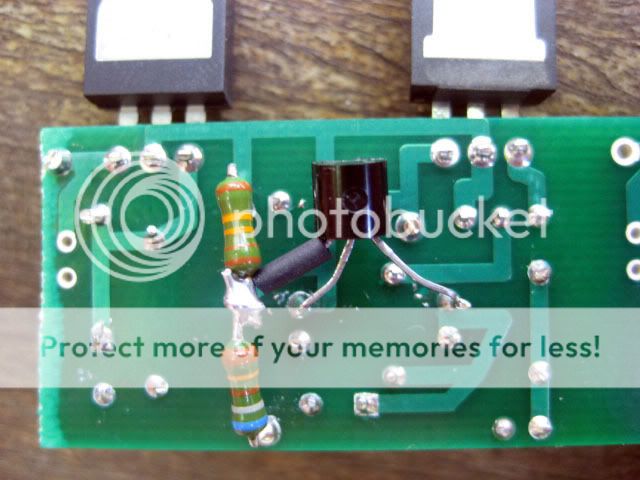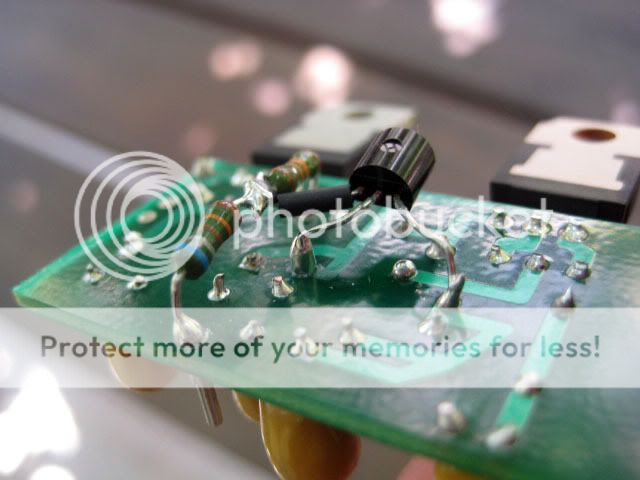teddy_pardo
Trade: Teddy Pardo
The TeddyReg has a long start time until the output reaches the full voltage. This delay is due to the time it takes to charge the large 33uF tantalum capacitor by a 100-150K resistor. Usually for most applications this is not a problem, but in some cases like clocks and certain DACs it causes synchronization issues. The following addition to the circuit (in blue)accelerates the charging time making it very short (less than 1 second).

R13 is the same as R3, R14 is the same R4, and T10 is any moderate power NPN transistor (I've used BC639).
R13/R14 creates a reference voltage which is equal to the voltage on C4 when it is charged. As long as C4 is not charged T10 conducts and charges C4. As soon as C4 is charged the Vbe on T10 becomes zero and T10 no longer conducts.
This mod can easily be implemented on the TeddyReg PCBs:


Note that I've used BC639 that has a BCE pin order, other transistors may have to be positioned differently.
Enjoy, Teddy

R13 is the same as R3, R14 is the same R4, and T10 is any moderate power NPN transistor (I've used BC639).
R13/R14 creates a reference voltage which is equal to the voltage on C4 when it is charged. As long as C4 is not charged T10 conducts and charges C4. As soon as C4 is charged the Vbe on T10 becomes zero and T10 no longer conducts.
This mod can easily be implemented on the TeddyReg PCBs:


Note that I've used BC639 that has a BCE pin order, other transistors may have to be positioned differently.
Enjoy, Teddy

